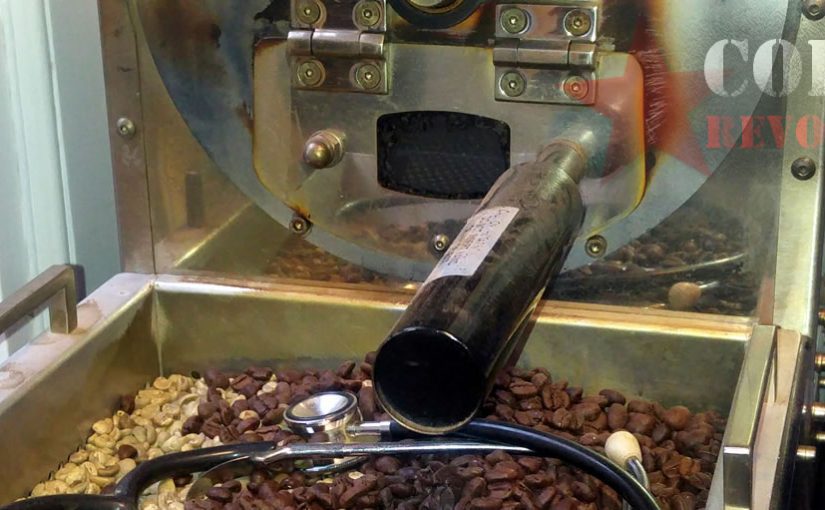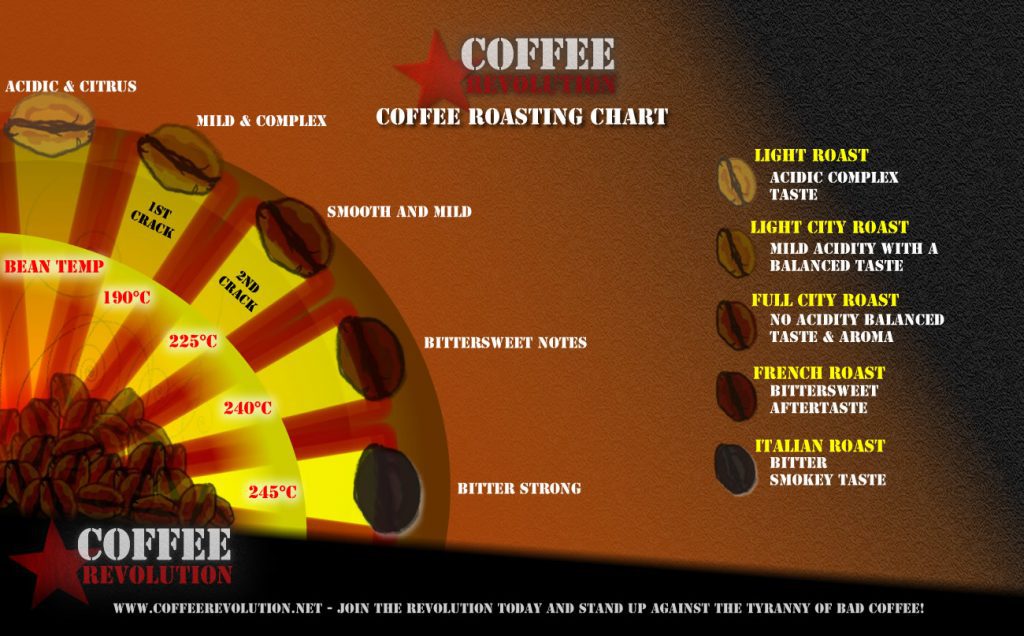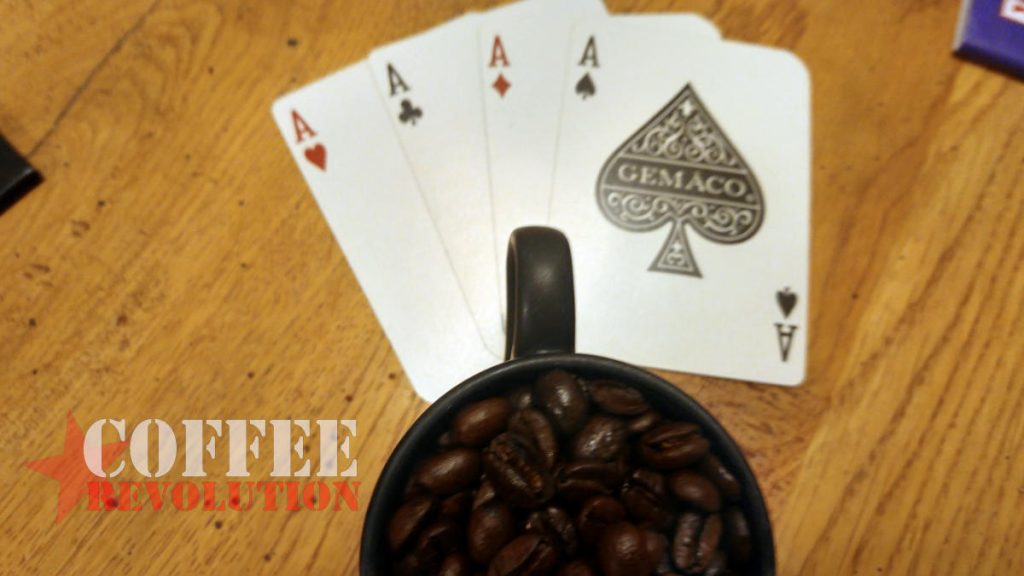All You Need To Know About Roasting Coffee
Roasting coffee is a somewhat chemical process that transforms the properties of the green, fresh coffee beans into the roasted coffee products we are all familiar with. This process is the source of the characteristic flavour of coffee which is obtained after the green coffee beans change in taste. Mainly done commercially on a large scale basis, roasting coffee is fast becoming a trend as it is now carried out on a small scale basis for sale or personal use at home.
Roasting coffee at home can be as fun and easy as you want it to be. You can easily roast your coffee beans in your oven, skillet or even a popcorn popper! Whichever appliance you choose to use, you will have great-tasting coffee at the end. The aim of this piece is to serve as the total guide to roasting coffee while highlighting the different types of coffee roasts.
During the roasting process, the coffee beans make two distinct sounds;
First Crack
First Crack: this occurs when your beans are roasted to about 380 degrees Fahrenheit and occur after about 3-15 minutes from the start and last for about 1-3 minutes. The sound is similar to the sound heard when a toothpick is snapped and gradually increase in intensity before it wears off. For those who love medium to light roast coffee, this would be the best time to remove your coffee beans from the heat for cooling. Once the first crack begins, the pace of your entire roasting process quickens so you must pay great attention to your beans from this point.
Second crack
Second Crack: this begins in about 15 seconds after the first crack when your beans are at about 435 degrees Fahrenheit. The second crack should give off the same sound you hear when you pour milk on rice crispy cereal in a bowl and will start slowly at first but become more intense as more beans get heated. However, it is important to note that if the cracking sound has blurred into a continuous sound then you may have set the heat too high and you need to adjust it. If you love dark roast, then you should be very attentive during the second crack as this is the time you would achieve your perfect roast. It is safer to remove your coffee beans before they reach your desired colour as leaving it in heat for too long might lead to bad results.
The different cracks may be hard to hear or distinguish, nevertheless, they do occur, but for you to be on the safe side, you should just watch out for the different colour changes.
Types of Coffee Roasts
Depending on your taste, there are different kinds of coffee roasts. The most common types are the light roast, light city roast, full city roast, French roast and Italian roast.
• Light roast: this roast type is light brown and is widely used when brewing milder varieties of coffee. The coffee beans are adequately roasted to the point where there is no oil present on the surface as they are not roasted for a long period; hence, it remains dry. It is commonly known as the “American roast” and is used for the everyday coffee brewing methods and brings no distinct roast flavour to coffee. This roast is usually obtained at first crack at about 401oF or 205oc.
• Light City Roast: just like the light roast, the light city roast is considered a medium roast. It has a medium brown colour and is just a little oily on the surface. It is used in everyday coffee to bring a richer and sweeter taste to your coffee that you will remember. It is also commonly used for speciality coffee and can be obtained at 219oC or 426oF.
• Full City Roast: this roast gives a medium dark-brown colour with a very oily texture down to the bean. When using this roast, the brew becomes very chocolaty and heartier with a slight bittersweet taste. This roast is obtained at the start of the second crack at 225oc or 437oF, and it has a prominent roast character.
• French Roast: this roast type produces incredibly oily and dark coffee beans with a pronounced bitterness. French roast is the heart of the dark coffee roasts and is obtained at the end of the second crack at 240oC or 464oF, and it has burnt undertones. The roast aroma dominates the coffee beans, thus diminishing all its inherent flavour and aroma. This brand of roast is one of the most popular amongst espresso makers due to its burnt, smoky flavour.
• Italian Roast: almost black, Italian roast is brittle in texture with the burnt undertones becoming more visible and distinct. It has a thin body, bittersweet flavour and is obtained at about 245oC or 473oF.
The true art of coffee roasting is highly dependent on the amount of time and heat spent on roasting a particular batch of coffee beans. This goes a long way to affect the aftertaste of the coffee as the original flavour of the beans is overwhelmed by the new flavour gotten from the roasting. For example, darker roasts like the Italian roast which is preferred by some coffee lovers tastes less like the flavour of the original coffee bean due to the amount of heat applied.
However, no matter the roast type you choose, we are certain that if you follow the steps outlined in this piece, you will successfully roast your coffee beans to perfection. Good luck my fellow coffee lovers!


